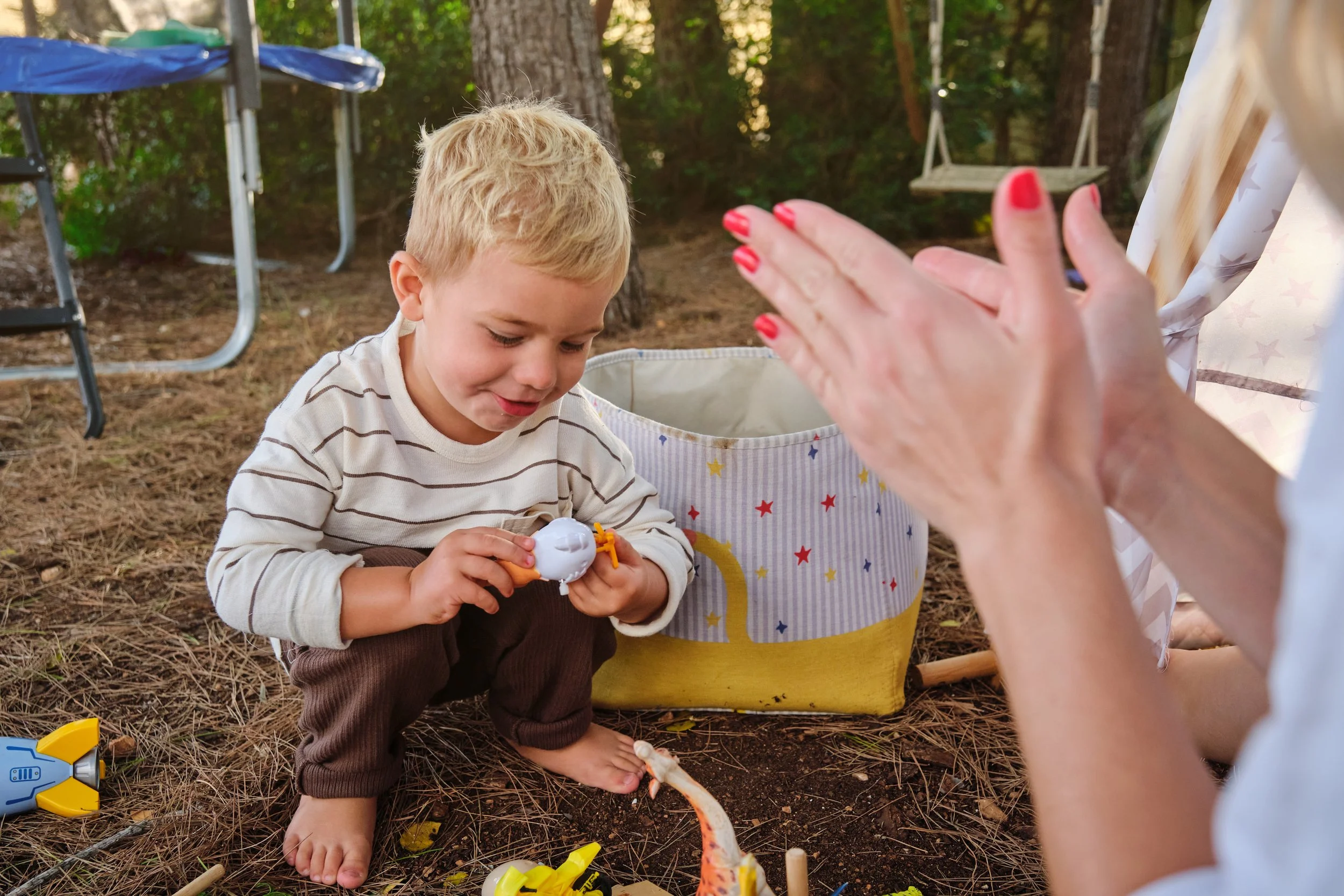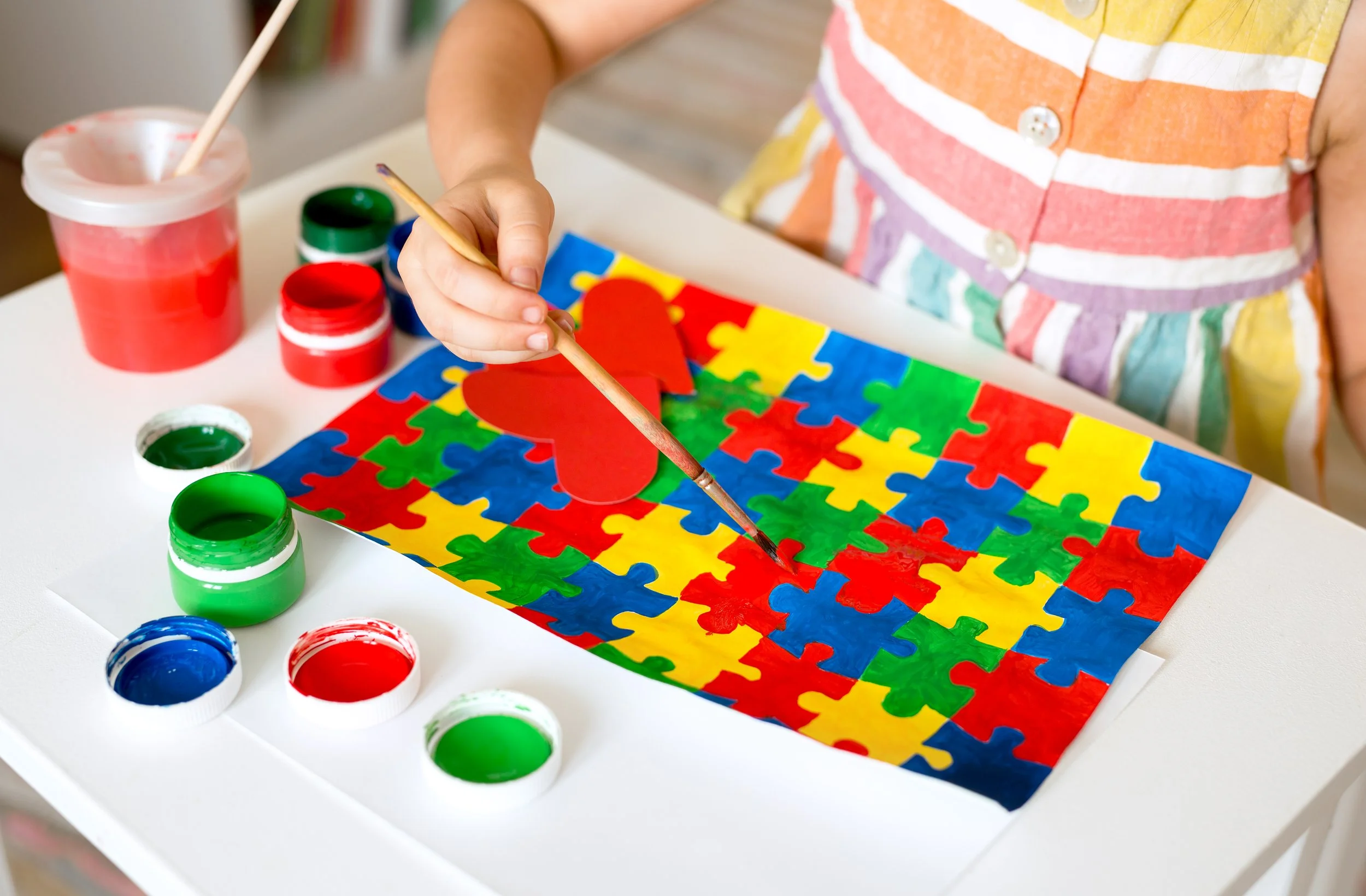Frequently Asked Questions
-
![]()
What are the early signs of autism in toddlers?
Early signs of autism can vary but often include:
Limited eye contact or response to their name.
Delayed speech or difficulty communicating wants and needs.
Repetitive behaviors such as hand-flapping, rocking, or lining up toys.
Difficulty engaging in pretend play or interacting with peers.
Sensory sensitivities, such as being overly sensitive to sounds, lights, or textures.
If you notice these signs, it’s important to speak with a healthcare professional for further assessment.
-
![]()
How do I get my child assessed for autism?
Start by speaking with your child’s GP or pediatrician. They may refer you to a developmental pediatrician, psychologist, or other specialists who can assess your child. In Australia, you may also access funding through the NDIS to support assessments. Early intervention services like mine can also guide you through this process and provide support while you wait.
-
![]()
What should I do after my child is diagnosed with autism?
A diagnosis can feel overwhelming, but it’s also the first step to accessing support. Start by:
Learning about autism and what it means for your child.
Connecting with early intervention services, like ESDM therapy, to support their development.
Exploring funding options such as the NDIS to cover therapy costs.
Finding support networks of other families with similar experiences.
You’re not alone—there are resources and professionals to help guide you.
-
![]()
What is the Early Start Denver Model (ESDM), and how does it work?
ESDM is a play-based, evidence-based early intervention therapy specifically designed for children with autism aged 1-5 years. It focuses on developing communication, social, and cognitive skills through fun and engaging activities. ESDM sessions are tailored to your child’s unique developmental needs and often involve parents as active participants in therapy.
-
![]()
How can ESDM therapy help my child’s development?
ESDM therapy supports children with autism by:
Improving communication skills, such as using words, gestures, or pictures.
Building social skills like taking turns, making eye contact, and playing with others.
Enhancing cognitive skills, including problem-solving and learning through play.
Encouraging independence and preparing children for transitions, such as starting school.
This approach helps children gain foundational skills in a natural, supportive environment.
-
![]()
At what age should my child start early intervention?
Early intervention is most effective when started as early as possible, ideally between 1-5 years old. During this time, a child’s brain is most adaptable to learning new skills. However, it’s never too late to seek support—therapy can benefit children of all ages.
-
![]()
What does an ESDM therapy session look like?
An ESDM session is typically play-based and highly interactive. Sessions might include:
Activities tailored to your child’s interests, like playing with toys or singing songs.
Opportunities to practice communication, social, and problem-solving skills.
Parent coaching to help you integrate strategies into everyday routines.
Sessions are designed to be fun and engaging while working toward developmental goals.
-
![]()
How can I, as a parent, be involved in my child’s therapy?
Parental involvement is a key part of ESDM therapy. I work closely with you to:
Teach strategies that you can use in daily interactions with your child.
Provide tools to encourage communication and play during everyday routines.
Collaborate on therapy goals that align with your family’s needs.
Your involvement ensures that therapy has a consistent impact beyond the sessions.
-
![]()
What funding options, like the NDIS, are available for therapy?
In Australia, the National Disability Insurance Scheme (NDIS) can provide funding for therapy and supports for children with autism. You’ll need an NDIS plan to access funding. I can guide you through the application process and provide documentation to support your case. Additionally, Medicare rebates may be available for certain assessments and therapies.
-
![]()
What are some practical strategies I can use at home to support my child?
Here are a few ways to support your child’s development at home:
Use simple language and repeat key words to encourage communication.
Follow your child’s lead during play and build on their interests.
Create consistent routines to help them feel secure.
Praise small achievements to build confidence.
Break tasks into smaller steps and offer plenty of encouragement.
I can provide more tailored strategies based on your child’s specific needs.









